Rising Demand in Food Packaging
The Anti Microbial Nano Coating Market is experiencing a notable surge in demand within the food packaging sector. This increase is primarily driven by the need for enhanced food safety and extended shelf life. As consumers become more health-conscious, manufacturers are seeking innovative solutions to prevent microbial contamination in food products. The application of anti microbial nano coatings in packaging materials has been shown to significantly reduce the growth of harmful bacteria, thereby ensuring food quality. According to recent data, the food packaging segment is projected to account for a substantial share of the market, reflecting a growing awareness of foodborne illnesses. This trend indicates a promising future for the Anti Microbial Nano Coating Market, as it aligns with consumer preferences for safer and longer-lasting food products.
Rising Demand in Consumer Electronics
The Anti Microbial Nano Coating Market is witnessing a growing interest from the consumer electronics sector. As electronic devices become ubiquitous, the need for antimicrobial protection has become increasingly apparent. Consumers are concerned about the hygiene of their devices, which are often shared or used in public spaces. Anti microbial nano coatings can be applied to smartphones, tablets, and other electronic devices to reduce the risk of microbial transmission. Market data suggests that the consumer electronics segment is poised for significant growth, with manufacturers actively seeking solutions to enhance the safety and cleanliness of their products. This trend indicates a promising avenue for the Anti Microbial Nano Coating Market, as it aligns with consumer expectations for hygiene in everyday technology.
Increased Awareness of Hygiene Standards
The Anti Microbial Nano Coating Market is benefiting from heightened awareness regarding hygiene standards across various sectors. Industries such as healthcare, hospitality, and food service are increasingly prioritizing cleanliness and sanitation to protect public health. The implementation of stringent regulations and guidelines has prompted businesses to seek effective solutions to combat microbial contamination. Anti microbial nano coatings offer a viable option, as they provide long-lasting protection against bacteria and viruses on frequently touched surfaces. Recent statistics indicate that the healthcare sector alone is projected to invest significantly in antimicrobial solutions, further bolstering the market. This growing emphasis on hygiene is likely to sustain the demand for anti microbial nano coatings, reinforcing their importance in maintaining safe environments.
Growth in Construction and Building Materials
The construction industry is increasingly adopting anti microbial nano coatings for various building materials, which is propelling the Anti Microbial Nano Coating Market forward. These coatings are applied to surfaces such as walls, floors, and ceilings to inhibit the growth of mold, mildew, and bacteria, thereby enhancing indoor air quality. The rising focus on health and safety in residential and commercial buildings has led to a greater emphasis on materials that can provide antimicrobial properties. Market data suggests that the construction sector is expected to witness a compound annual growth rate (CAGR) of over 10% in the coming years, further driving the demand for anti microbial nano coatings. This growth reflects a broader trend towards healthier living environments, positioning the Anti Microbial Nano Coating Market as a key player in the construction materials sector.
Technological Innovations in Coating Solutions
Technological advancements are playing a crucial role in shaping the Anti Microbial Nano Coating Market. Innovations in coating formulations and application techniques have led to the development of more effective and durable products. These advancements enable manufacturers to create coatings that not only provide antimicrobial properties but also enhance the aesthetic appeal and durability of surfaces. The integration of nanotechnology has allowed for the creation of coatings that are thinner yet more effective, thereby expanding their applicability across various industries. Market analysis indicates that the introduction of novel coating technologies is expected to drive growth in the sector, as businesses seek to leverage these innovations for competitive advantage. This trend underscores the importance of continuous research and development in the Anti Microbial Nano Coating Market.


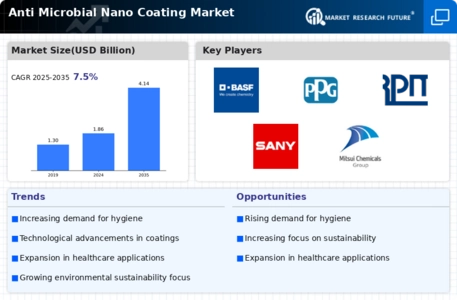
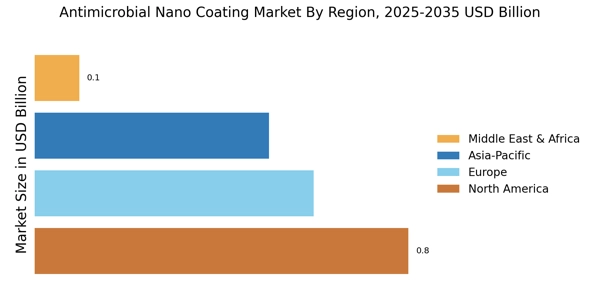
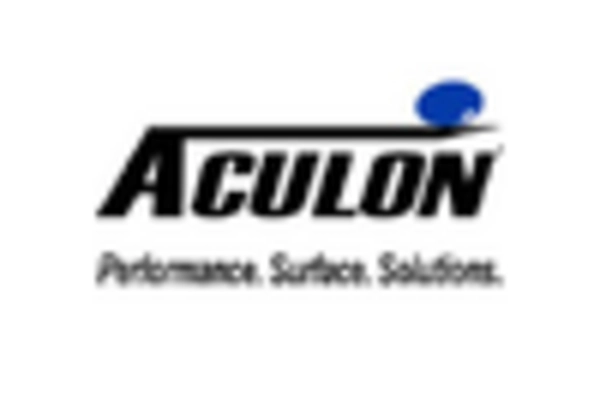
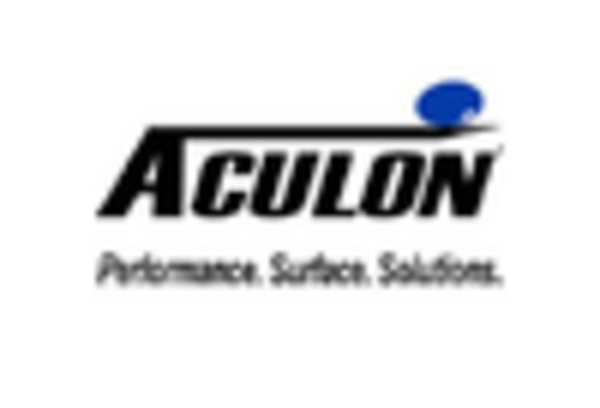

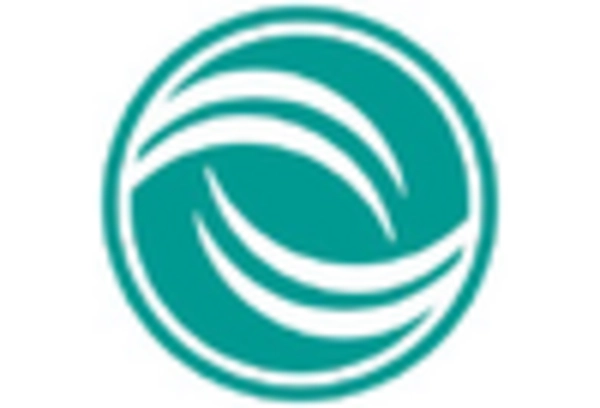
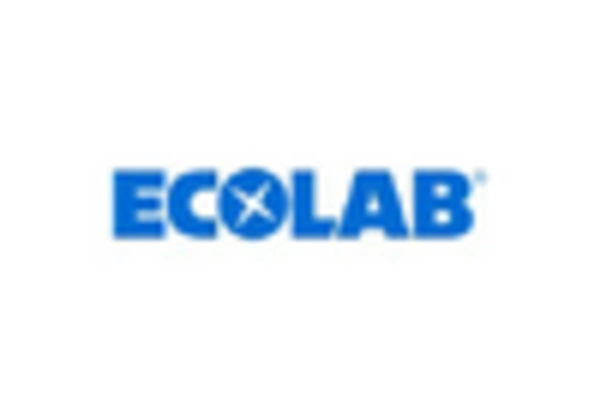
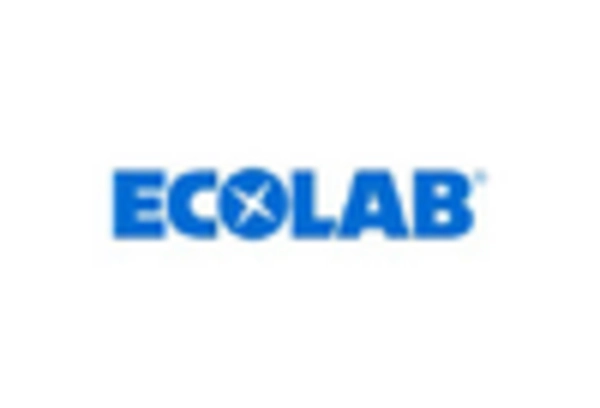
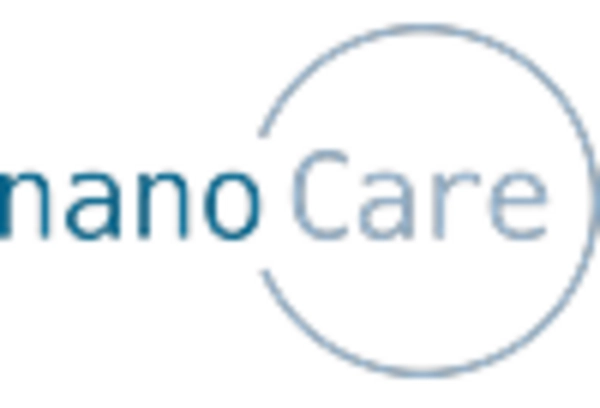
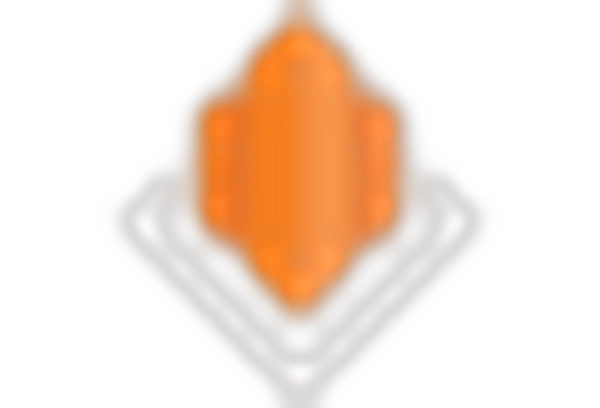
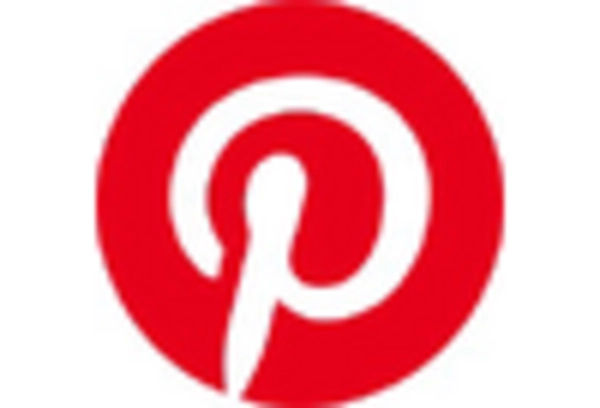
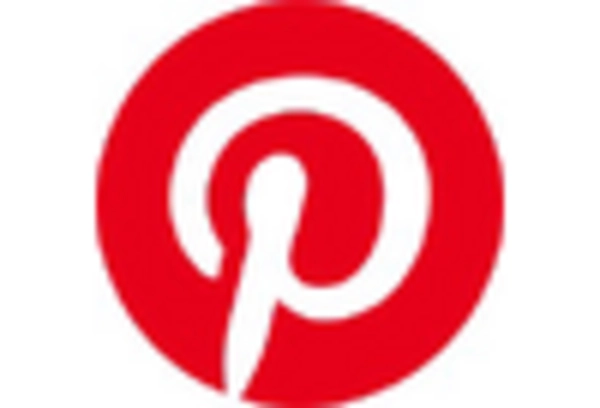
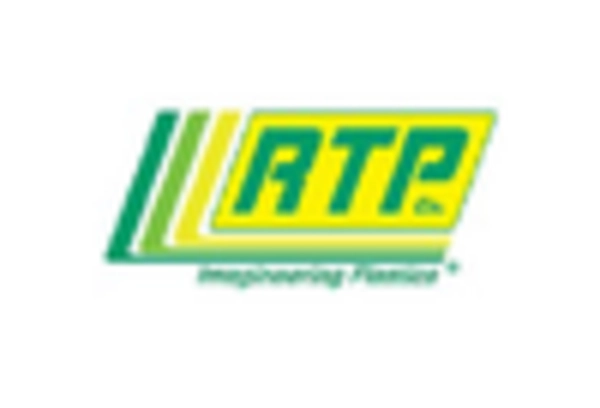








Leave a Comment